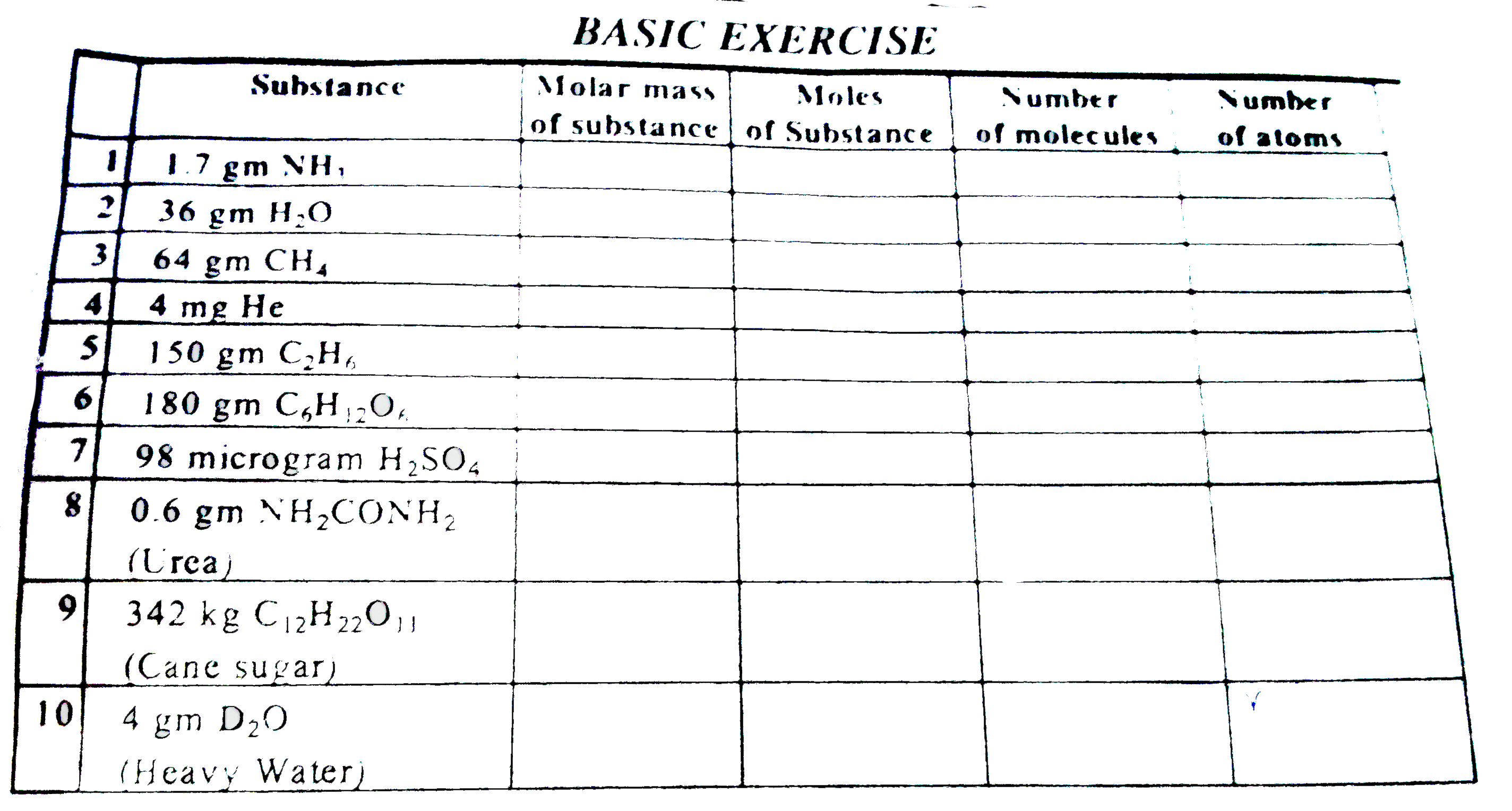A+B→A3B2(unbalanced)
A3B2+C→A3B2C2 (unbalanced)
Above two reactions are carried out by taking 3 moles each of A and B and one mole of C.Then which option is/are correct ?
1 mole of A3B2C2 is formed
1/3 mole of A3B2C2 is formed
1/2 mole of A3B2 is formed
1/2 mole of A3B2 is left finally
The correct Answer is:D
Step by step video, text & image solution for A+BtoA_3B_2(unbalanced) A_3B_2+C to A_3B_2C_2 (unbalanced) Above two reactions are carried out by taking 3 moles each of A and B and one mole of C.Then which option is/are correct ? by Chemistry experts to help you in doubts & scoring excellent marks in Class 12 exams.
Updated on:21/07/2023Topper's Solved these Questions
- MOLE CONCEPTBook:MOTIONChapter:MOLE CONCEPTExercise:EXERCISE - 2 (LEVEL - II)
Explore 17 Videos
- MOLE CONCEPTBook:MOTIONChapter:MOLE CONCEPTExercise:EXERCISE - 3
Explore 60 Videos
- MOLE CONCEPTBook:MOTIONChapter:MOLE CONCEPTExercise:EXERCISE - 1
Explore 64 Videos
- METALLURGYBook:MOTIONChapter:METALLURGYExercise:EXERCISE 4 (LEVEL - II)
Explore 17 Videos
- NOMENCLATURE OF ORGANIC COMPOUNDSBook:MOTIONChapter:NOMENCLATURE OF ORGANIC COMPOUNDSExercise:PREVIOUS YEAR
Explore 8 Videos
Similar Questions
Knowledge Check
For the reaction A + 2B → C, 5 moles of A and B moles of B will produce
A5 moles of CB4 moles of CC8 moles of CD13 moles of CFor the reaction A+2B→C,5moles of A and 8moles of B will produce :-
A5 moles of CB4 moles of CC8 moles of CD13 moles of CFor reaction A + 3B → 2C + D
Which one of the following is not correct ?ARate of disappearance of A = Rate of formation of DBRate of formation of C = 23 × Rate of disappearance of BCRate of formation of D = 13 × Rate of disappearance of BDRate of disappearance of A = 2 × Rate of formation of C
The sum of mole fractions of A, B and C in an aqueous solution containing 0.2 moles of each A, B and C is
View SolutionIn the reaction 4A+2B+3C→A4B2C3, the number of moles of product formed will be if starting from 2 moles of A, 1.2 moles of B and 1.44 moles of C
View SolutionA solution containing 0.2 mole of each A, B and C. The sum of the mole fraction of A, B and C in an aqueous solutions is
View SolutionIn the reaction , 4A+2B+3C→A4B2C3 what will be the number of moles of product formed , starting from 1 mole of A,06 mole of B and 0.72 mole of C :-
View SolutionIn the reaction 4A+2B+3C→A4B2C3, what will be the number moles of product formed, starting from one mole of A, 0.6 moles of B and 0.72 moles of C ?
View Solution


